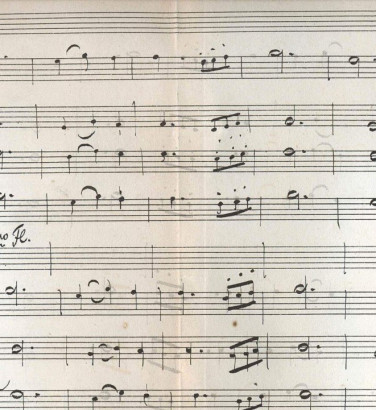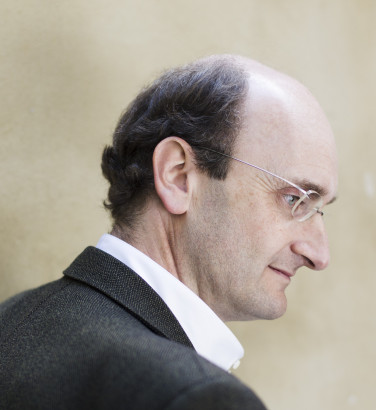
Double concertos
18 Dec 2023
News Story
Left to right: Béla Bartók, Giovanni Bottesini and Georg Philipp Telemann
Concertos for more than a single instrument and orchestra are a comparative rarity, making their performance something of a treat for everyone concerned. Even with accompaniment from a large orchestra, an element of chamber music creeps into the performance, the soloists being required to communicate with and respond to each other as well as the orchestra. In the case of established duos or ensembles, this also gives them the opportunity to perform on a larger stage.
It seems fair to single out the Labèque sisters, Katia and Marielle, as being in a better position than most, there being a reasonable number of concertos for two pianos for them to choose from. Mozart’s (performed by Maxim Emelyanychev and Dmitri Ablogin in the SCO’s 50th Birthday Concert in January 2024) and Poulenc’s are particular favourites, but there are plenty of others to choose from: Bartók’s is occasionally performed, while those by Vaughan Williams and Mendelssohn lie rather further off the beaten track.
If the term ‘double concerto’ is associated with any such work, however, it would be Brahms’ for violin and cello. Coincidentally the preserve of another French sibling duo – Renaud and Gautier Capuçon – it does have the unfortunate effect of overshadowing similar works by Delius and, more recently, Philip Glass and André Previn.
Beyond this, however, the number of potential instrumental pairings is seemingly infinite. In the early days of the concerto, before conventions had truly set in, the combinations included some decidedly unlikely ones: for all the popularity of two violins (Bach’s being an especially fine example), what about viola d’amore and lute (Vivaldi) or even recorder and bassoon? It’s perhaps inevitable that Telemann wrote for this last combination: a composer with a flair for unusual instrumental colours, another of his double concertos juxtaposes the recorder with the flute, contrasting the old and the new in a single work. (There is a similar concerto by CPE Bach for harpsichord and piano, written at a time before the former had entirely given way to the latter.)
A true pearl of noble and expressive melody
The vast majority of concertos for two seemingly random instruments can only have been the result of a commission: how else to explain another of Bach’s sons, JCF, writing a concerto for viola and piano? Even the winning combination of flute and harp has resulted in a single concerto with any staying power, another of Mozart’s. It’s also surprising that the line-up of clarinet and viola - a pairing that is dark, soulful and lyrical all at once - has not inspired much besides the concerto by Bruch which the SCO performed at the beginning of the current Season.
The rise of the solo virtuoso, unwilling to share the limelight, seems to have put paid to double concertos as of the 19th century – Brahms’ aforementioned concerto is of course an exception, but then it was not written to commission. Smaller-scale (and generally lighter) works for two instruments and orchestra were not unheard of, however, Bottesini’s Gran Duo for clarinet and double bass being a typical example of this.
The trend continued into the 20th century. Saint-Saëns returned to the tried-and-tested combination of violin and cello to represent La muse et le poète (The muse and the poet) respectively, while Richard Strauss showcased the clarinet and bassoon in his Duet concertino. Later, Maxwell Davies’ set of ten Strathclyde Concertos – all written for and premiered by the SCO – includes a pair of double concertos: No 3 for horn and trumpet, and No 5 for violin and viola.
If a good deal of the works mentioned here have become SCO mainstays, that is a reflection of their being an extension of the chamber repertoire: they work well as a showcase for musicians already used to performing together, giving them an opportunity to step into the limelight. Even so, the genre may never truly rival the solo one in terms of popularity, but there are certainly enough in the repertoire for the double concerto to keep its head above water.
Related Stories
![]()
Mozart and the symphony
22 December 2025
Stuck between the symphonies of Haydn and Beethoven, where do Mozart's fit in?![]()
Unfinished symphonies
15 December 2025
Your starter for ten: besides Schubert, who has an unfinished symphony to their name?![]()
Andrew Manze: "I've always loved Viennese waltzes and polkas"
1 December 2025
Our Principal Guest Conductor is really looking forward to conducting our Viennese New Year concerts!


